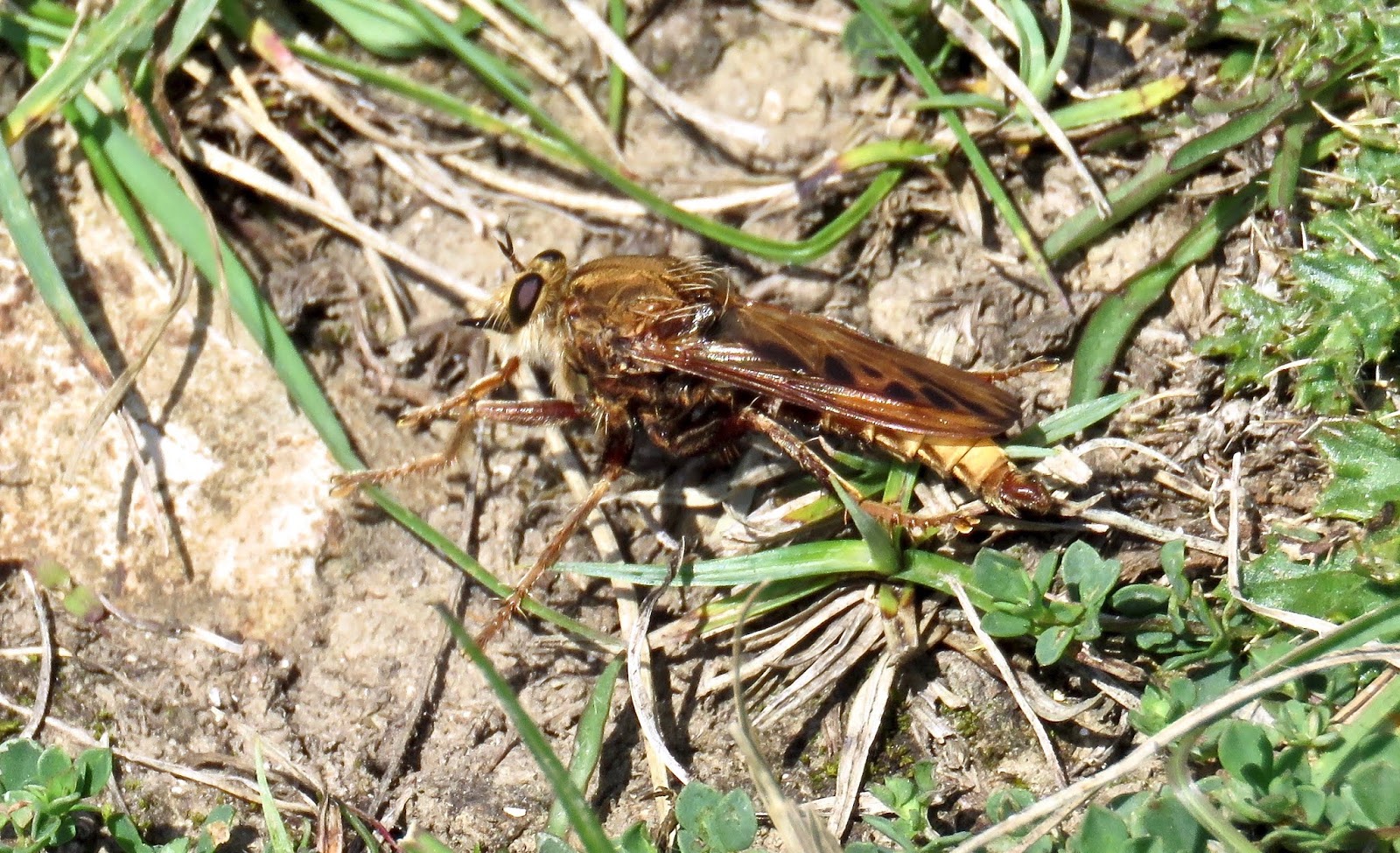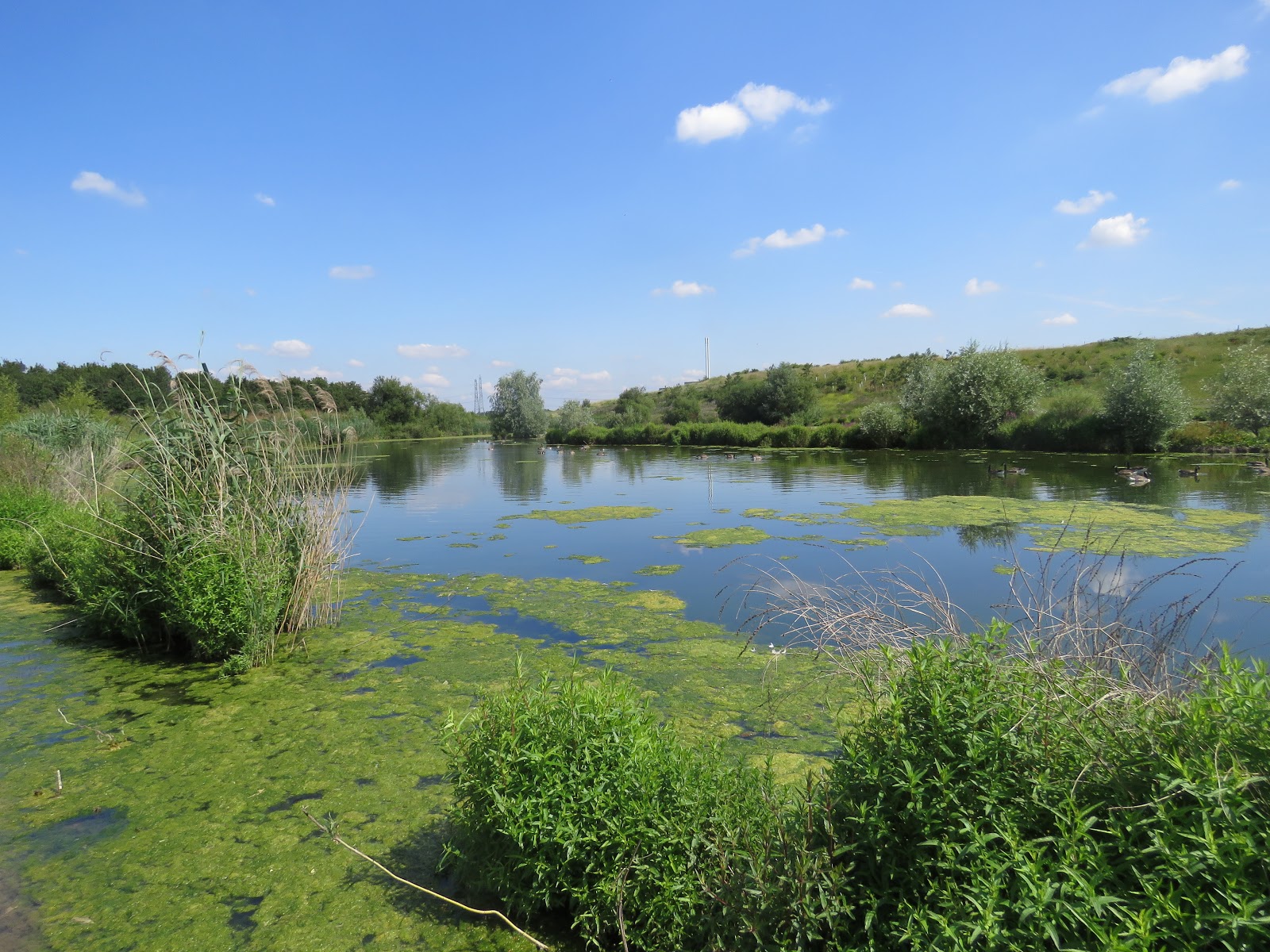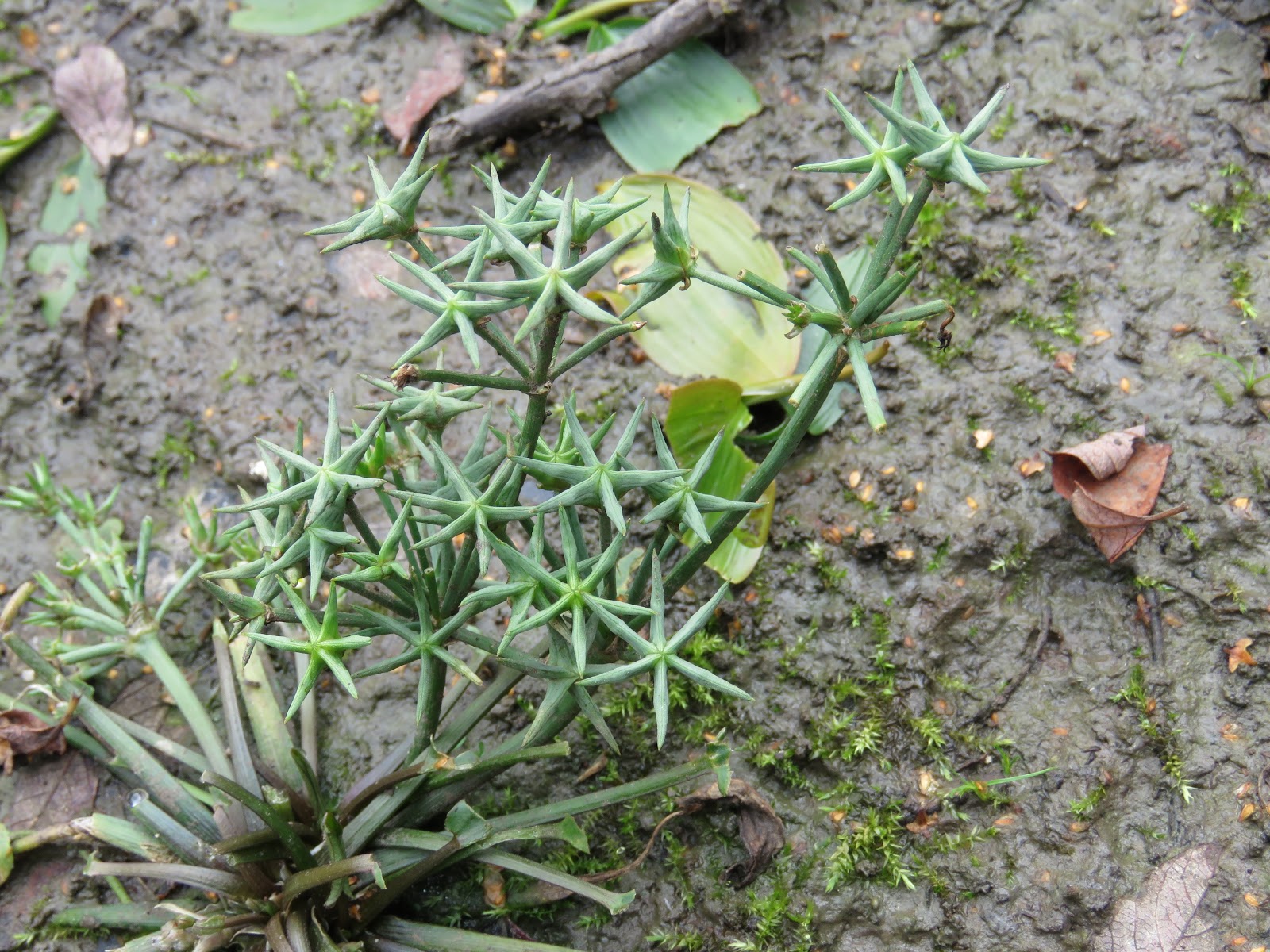A decision
First two weeks of September. Dungeness bound. Done deal. Er, no. For several reasons I’ve decided to change tack and reevaluate what I’m going to do over those 14 days - still birding, but with a difference. Go to places that I rarely visit or haven’t visited at all. Maybe chucking away the chance of rarity, of spectacle, but birding ‘off-piste’, trying something different, keeping things fresh. Plants and butterflies will be involved. It could all go tits up. It could be a great success. Who knows. I will keep you posted.














